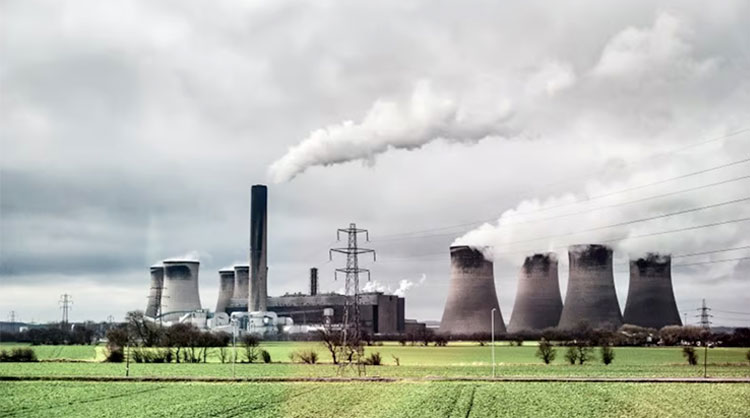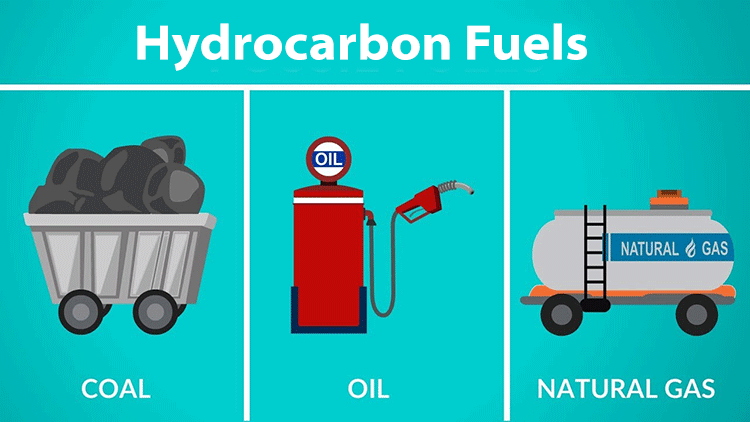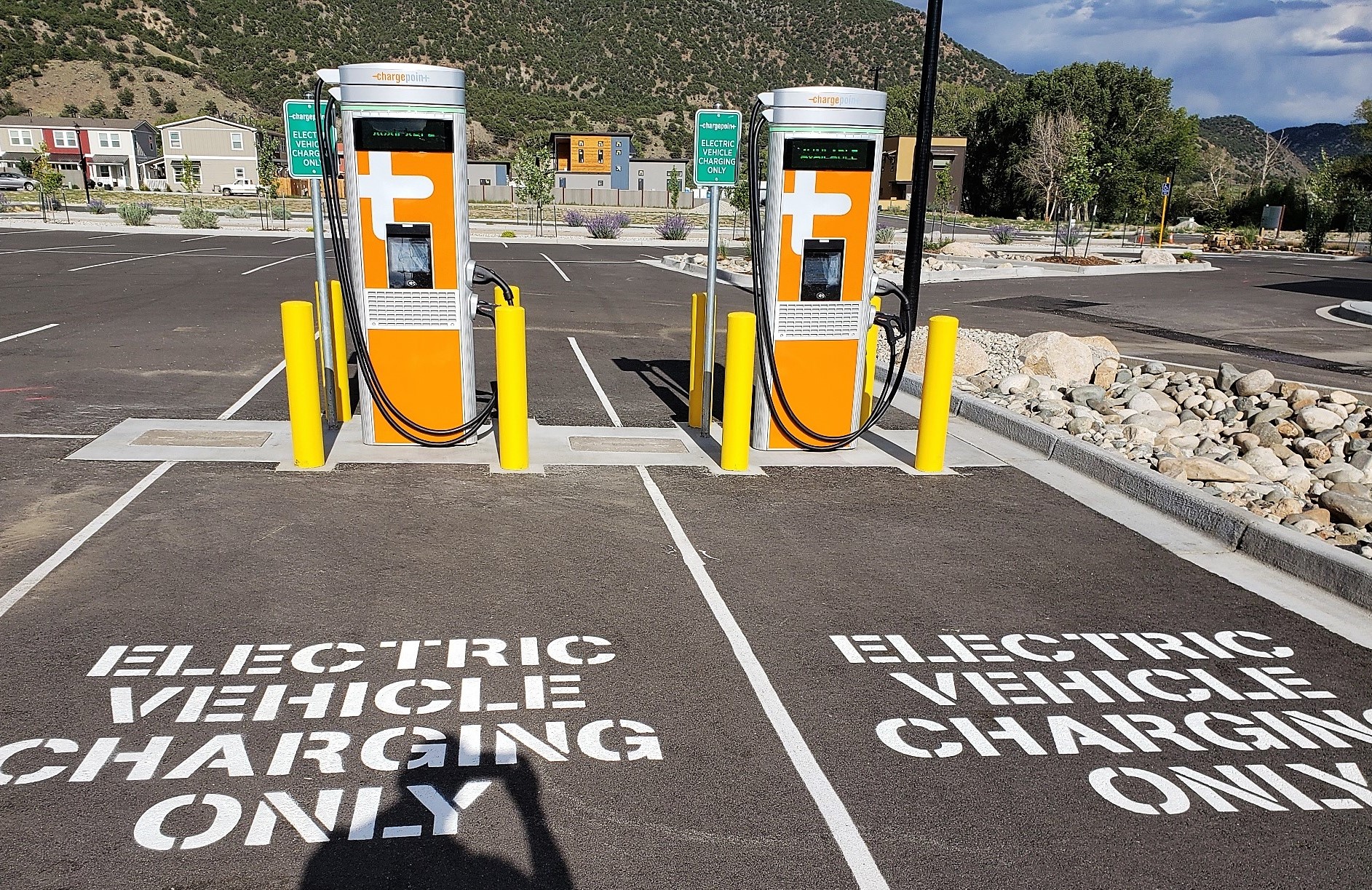Despite $9 TRILLION Spent on Net Zero Goals, Fossil Fuels to Remain Dominant Energy Source

Modern prosperity is tied to certain industrial products, including chemicals, steel,
cement, food and paper, according to the J.P. Morgan report.
Approximately 80% of the energy inputs for these products is fossil fuels.
While the legacy media often reports that the world is rapidly transitioning away from fossil fuels to renewable energy, a new report from J.P. Morgan shows that narrative is simply not correct. Since 2010, $9 trillion has been spent globally on wind, solar, electric vehicles energy storage, electrification and power grids, but despite this expensive effort — mostly at taxpayer expense — the share of final energy consumption by carbon-free energy sources is advancing by approximately a scant 0.3% to 0.6% per year.
Michael Cembalest, Chairman of Market and Investment Strategy for J.P. Morgan, explains in “Heliocentrism,” the 15th annual energy paper by the investment firm, that the reason fossil fuels remain the dominant source of energy is that modern prosperity is tied to certain kinds of industrial products, including chemicals, steel, cement, food and paper. Approximately 80% of the energy inputs for these products are fossil fuels. JPMorgan Chase is the world's fifth largest bank by total assets, with $3.9 trillion as of 2023.












 : 11- 36 minutes.
: 11- 36 minutes.  : Over 36 min. Fun:
: Over 36 min. Fun:


 An official in the nuclear security section of the Biden-Harris Department of Energy argued that “queer theory” should be an essential feature of U.S. national security and called for the drastic reduction of America’s nuclear stockpile.
An official in the nuclear security section of the Biden-Harris Department of Energy argued that “queer theory” should be an essential feature of U.S. national security and called for the drastic reduction of America’s nuclear stockpile.







